

|


|
|
1/8 Scale Nitro Rally/Touring Car:
Capricorn LAB C801 Black Edition (Radio Controlled Model Review)History and Info:
Introduced by Capricorn RC circa 2014, the LAB C801 Black Edition Nitro Touring Car, came with a new narrow alloy chassis plate, new radio plate, V2 dampers, springs, front alloy bearing holders, front shock mount, reverse type clutch and a number of optional parts as standard. The model was available as an assembly Kit, requiring a Radio System, Servos, Engine, Starter Box, Fuel and a Lexan bodyshell to be purchased separately.
▼ Scroll Down for More Images ▼
|








|
|
|

★ Capricorn LAB C801 Black Edition Chassis ★
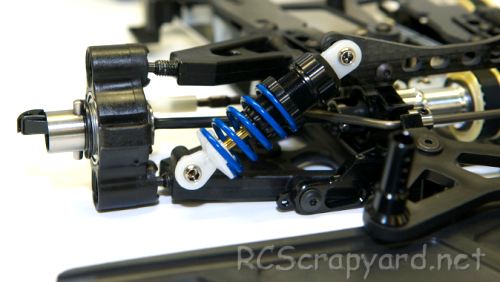
★ Capricorn LAB C801 Black Edition Chassis ★
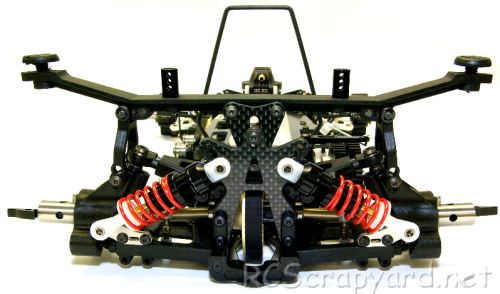
★ Capricorn LAB C801 Black Edition Chassis ★
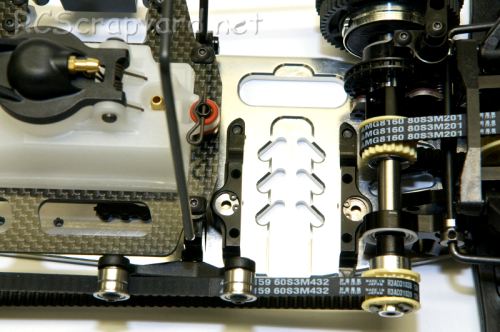
★ Capricorn LAB C801 Black Edition Chassis ★
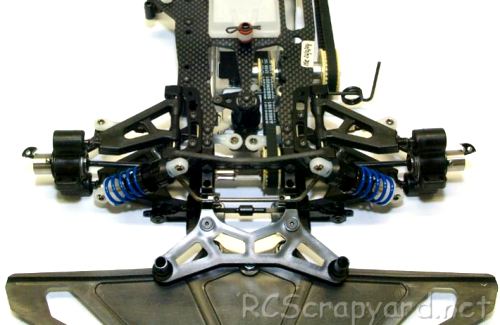
★ Capricorn LAB C801 Black Edition Chassis ★
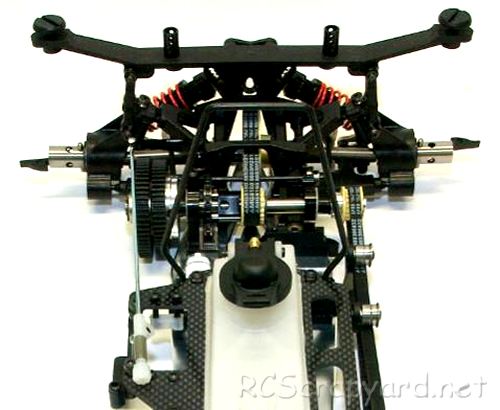
|
Buying a Used Capricorn LAB C801 Black Edition
|
|
Manufacturers and Brands Catalogued and Listed by RC-Scrapyard.
At present, the RC Model Manufacturers, Brands and Distributors covered by us are: ABC Hobby, Academy, Acme Racing, Agama Racing, Amewi, Ansmann Racing, ARRMA, Team Associated, Atomic RC, Axial, AYK, Bolink, BSD Racing, Capricorn, Carisma, Carson, Caster Racing, Cen, Corally, Custom Works, Durango, Duratrax, ECX - Electrix, Exceed RC, FG Modellsport, FS-Racing, FTX, Fujimi, Gmade, GS-Racing, Harm, HBX, Helion, Heng Long, Himoto Racing, Hirobo, Hitari, Hobao, Hong-Nor, Hot Bodies, HPI, HSP, Intech, Integy, Jamara, JQ Products, Kawada, Kyosho, Losi, LRP, Maisto, Mardave, Marui, Maverick, MCD Racing, Megatech, Mugen, New Bright, Nichimo, Nikko, Nkok, Ofna, Pro-Pulse, Protech, PTI, RC4WD, Redcat Racing, RJ-Speed, Robitronic, Schumacher, Seben, Serpent, Smartech, Sportwerks, Step-Up, Tamiya, Team-C Racing, Team Magic, Thunder Tiger, Tomy, Top Racing, Traxxas, Trinity, Tyco, Vaterra RC, Venom, VRX Racing, WLToys, X-Factory, Xmods, Xpress, Xray, XTM, Yankee RC, Yokomo, ZD Racing and Zipzaps. |
|
Hints, Tips and Information
Wheel Caster Explained
Caster is basically the angle the steering kingpins or steering pivot points, leans back in relation to the horizontal when viewed from the side of the chassis. |
|
Hints, Tips and Information
How to put on Decals
After spending lots of time and effort to paint your bodyshell, you come to the point where you make it look good by putting on all those flashy decals, but before you rush in with the scissors and start cutting, there are a few things you should do first. |
|
RC Models:
|
Radio & Motors: |
Other
Accessories: |